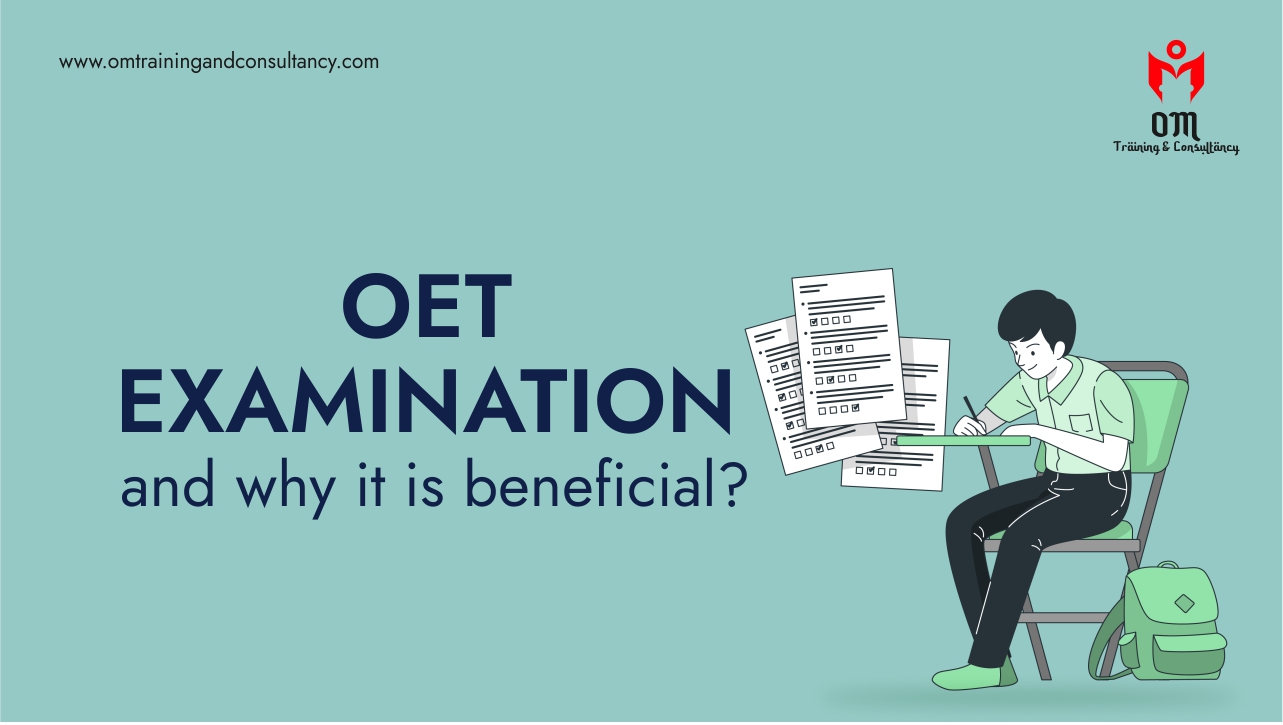Do you want to work in an English-speaking workplace as a graduate student or professional? It’s likely that you’ll be required to take a Language test.
The Occupational English Test assesses aspiring healthcare professionals’ English language abilities to work in an English-speaking setting. Continue to read an overview of the structure and grading system for this test.
What exactly is the OET?
The Occupational English Test (OET) is a test that assesses your ability to communicate in English. It’s an internationally recognized English language exam for prospective healthcare professionals who want to work in a country where English is the dominant language.
- Podiatry
- Dentistry
- Speech Pathology
- Optometry Dietetics
- Nursing Medicine
- Occupational Therapy
- Pharmacy
- Physiotherapy
- Radiography
- Veterinary Science
All these are a few of the OET’s 12 specializations.
Format of the Examination
The OET is divided into four subsections that focus on diverse language skills to fully assess a person’s skills and knowledge. The following are the four areas (and the amount of time an applicant will have to finish them):
- Listening (50 minutes)
- Reading (60 minutes)
- Writing (45 minutes)
- Speaking (20 minutes)
Benefits of taking the OET Examination:
OET adopts industry-specific jargon.
OET uses vocabulary relevant to the healthcare profession because it was created for people who are working in or learning the field. That implies that by studying for OET, you’ll acquire the appropriate language for the profession, and when you begin to work, you’ll be good at communicating with patients and coworkers.
OET helps you get ready for the job
OET includes healthcare scenarios that are based on real-life situations.In the Speaking section, you may be asked to talk with a “patient” to demonstrate your spoken English proficiency. You may be required to write an English release or reference letter in the Writing portion. You’ll have the chance to improve your practical abilities while preparing for the OET – and even while taking the test – so you can safely enter the class or the workforce and deal with real-world circumstances.
You’ll pick up new manners and customs
In your own country, you may already be aware of the norms and etiquette related to the healthcare industry. However, in an English-speaking environment, you’ll almost certainly encounter different ways of doing things. Many English-speaking countries, for example, practice patient-centered care, which includes actively talking to the patient.
Closed queries like “Have you taken any medication?” are part of non-patient-centered communication.”Are you encountering these symptoms for the first time?” Because they are ‘yes’ or ‘no’ questions, they essentially confirm the doctor’s diagnosis.
Patient-centered communication, on the other hand, employs open-ended questions that allow the patient to clarify their situation. “Could you maybe describe the pain?” is an example of a question. And “Can you please let me know which parts of your body is hurting?”
OET evaluates your capacity to communicate with patients in a patient-centered manner, such as active listening, and helps you prepare for cultural transformations like this one. This will adjust to learning or operating in English much easier.
You can work in any English-speaking nation on the globe
OET may be the gateway to a global career, as medical officials in several English-speaking countries recognize it as proof of English. You might study or work in nations such as Australia, the United Kingdom, Ireland, New Zealand, Dubai, Singapore, and others, allowing you to travel the world while also putting your abilities to use.
Conclusion:
It all relies on the grade of your skill and proficiency. If you are aware with healthcare knowledge and clinical language, then the OET is certainly one of the best the easier examination for you. You can pass the test only with basic OET Training, as the questions are identical to those you’ll see at work.
Read Also:- Tried and Tested steps to clear CPC
